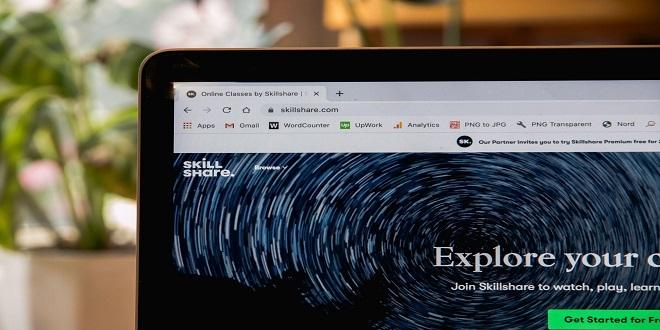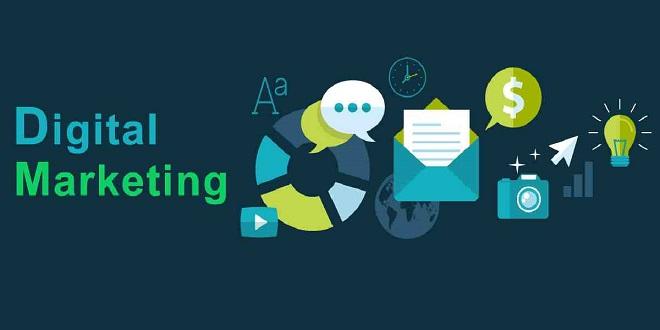How to Optimize A Homepage for Search Engines?

Your homepage is what customers see first when they visit your website. It’s the most visited page, easiest to remember URL, and makes the first impression of your business. So it’s essential that you create a homepage design that accurately reflects your brand and engages with visitors.
But that’s not all. Optimizing your homepage for search engine optimization (SEO) is essential to ensure that your website appears as the top result in relevant searches. But does homepage SEO really exist? Is it different than other types of SEO?
Read on to learn everything you need to know about optimizing your homepage for SEO.
Communicate Your Company Purpose for Good Homepage Search Engine Optimization
As mentioned, your website’s homepage is the first thing that potential customers will see. It’s the welcome center for your site visitors. So, when they arrive, they must quickly and easily learn about your business.
Remember that you’re not handing out pamphlets or giving a speech. You have a limited time and space to get your point across. So, you need to be clear, concise, and use language that resonates with your target audience.
You must fill your customers in through introductory sections. That means, on your homepage, you’ll likely want to include:
- An elevator pitch
- A brief explanation of what you do
- Your company’s story or history
- Your team members or founders
- The services or products you offer
- What makes you unique against industry leaders
Splitting up this information into different sections with headlines is a great way to organize your content and make it easy to scan. Ensure to keep your explanation for each section brief and to the point.
Including all of this information on your homepage might seem like a lot, but it’s vital that you communicate your company’s purpose as soon as visitors arrive at your site.
You’ll set the tone for the rest of their experience and give them a better understanding of what you have to offer. Plus, you’ll be able to grab your visitors’ attention and keep them engaged so they don’t click away, driving more website traffic.
Implement SEO-friendly Title Tag, Meta Description, And Website Headers
The title tag, meta description, and website headers can strengthen your site’s homepage CTR or click-through rate. Effective title tags and meta descriptions can result in a better SERP or search engine results page.
SERP position is determined by a combination of factors, and having optimized title tags, meta descriptions, and website headers can give your site an edge. Website headers are also a good place to include relevant keywords for SEO purposes.
Ensure to choose a strategic title tag that accurately reflects the topic of your page and includes relevant keywords. The meta description is a short summary of the content on your page, and it should also reflect the main theme while including some targeted keywords.
And website headers must define what the web page is about. Also, they should tell which sections to prioritize.
Your title tag, meta description, and website header are all important on-page SEO elements. Optimize them to improve your CTR and SERP position.
Practice Internal Linking
Your website’s homepage is an excellent place to practice internal linking. Why? Because it’s one of the most highly linked-to pages on your site.
Linking on your homepage can enhance website navigation for visitors and create signals for site hierarchy. So, how can you get started with internal linking on your homepage?
Here are a few tips:
- Keep links relevant. Relevance is key when it comes to both the anchor text and the destination page. When crafting your link, ask yourself if the link makes sense given the context of the surrounding content.
- Make sure links open in a new window or tab. This helps to keep visitors on your site longer, which is a good signal to search engines that your site is providing a good experience.
- Use keyword-rich anchor text. Using keywords in your anchor text can help give context to the destination page and help it rank better for those keywords.
- Don’t go overboard. Too many links on a page can be off-putting for visitors and could create a negative signal for search engines.
- Add your social links. Your homepage is a great place to add social media follow buttons and share buttons. This social media marketing strategy makes it easy for visitors to connect with you on their preferred platform.
Promote Testimonials
If you can show your favorable standing with your site visitors, gaining their trust will be as easy as pie. And this is what testimonials are for. If you have any reviews, comments, or anything that can vouch for your business’ quality, make sure to put them in a place where they will be easily seen by your visitors.
You can set up a highlight reel of the best testimonials on your homepage or landing page. You can also add customer reviews to individual product pages. Wherever you choose to put them, make sure they’re visible and easy to find.
But make sure you ask your customer’s permission before you use their names or images on your site. The last thing you want is to anger someone who was trying to help you out.
Add Media
Media is an integral part of your homepage optimization and web design. Things like the company logos, images, and videos make your homepage visually appealing and exciting. They also help break up large chunks of text, making your content easier to read and digest.
Adding media to your homepage is a great way to add personality and appeal to your visitors. When adding media to your homepage, be sure to use relevant images to your brand and message. You should also consider using videos or infographics to help explain your products or services more engagingly.
Ask your web development team or a creative digital agency to help you create a media-rich homepage and brand strategy that will leave a lasting impression on your visitors.
Create A Good Content Flow
Your homepage is the first place visitors go to. So, you don’t want them to stay there much longer and never explore your website further. Instead, you want to guide them to the most critical pages on your site. Creating a good content flow will do just that.
One way to do just that is to create a menu. It will help visitors navigate your site and find what they’re looking for. Make sure your menu is easy to understand and use. You don’t want it to be confusing or cluttered.
Another way to create a good content flow is to use internal links. Internal links are links that go to other pages on your website. They help visitors explore your site and find more information. Use them wisely, though. Please don’t overdo it, or it will look spammy.
Include CTAs
Don’t forget to include call-to-actions (CTAs) on your homepage. They move visitors to take action and turn into leads or customers. For example, a CTA could be “Download our free e-book” or “Sign up for our newsletter.” Include CTAs above the fold (the part of the page that’s visible without scrolling) so visitors can see them right away.
While CTAs don’t guarantee better homepage search engine optimization, they can help improve your website’s conversion rate. The key to a successful CTA is to make it relevant and specific to your target audience.
It should appeal to them and solve a problem they have. For example, a Local Marketing Agency targeting small businesses should have a “Get a free quote” CTA. Also, make sure your CTAs are visible and stand out from the rest of the page.
Conclusion
So, these are some ways you can optimize your homepage for search engines. Keep in mind that SEO is an ever-evolving field, so stay up to date with the latest changes and trends. And most importantly, constantly be testing and tweaking different website elements to see what works best for your business growth. And regularly check your company’s Google Search Console and Google Analytics to see how you’re performing.
If you need help, many digital marketing agencies are well-versed in SEO and can help you optimize your website.


